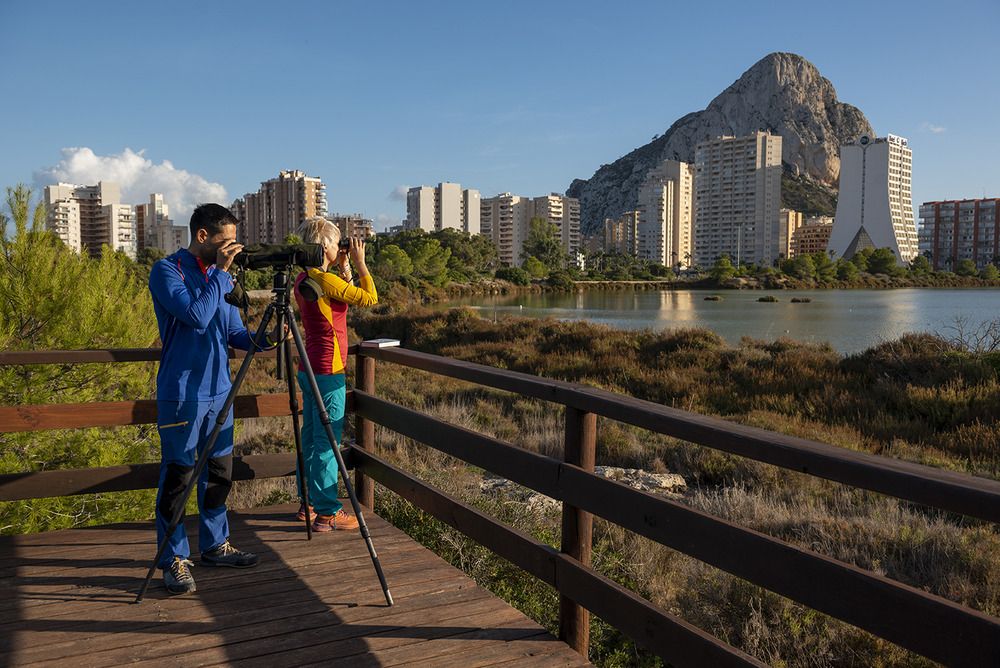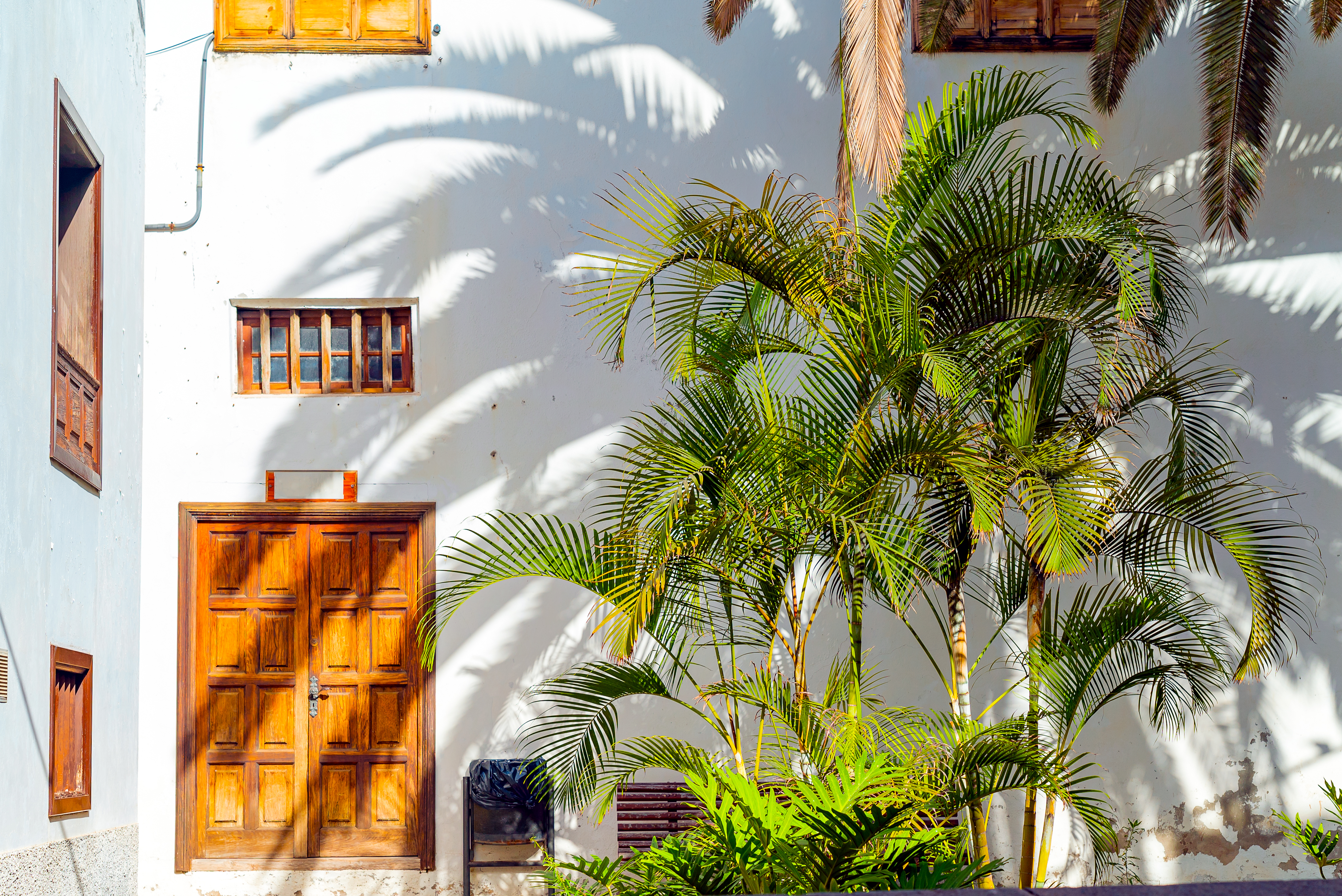In the heart of Calpe, one of the Costa Blanca’s most vibrant coastal towns, lies an unexpected and breathtaking natural treasure. Tucked between modern apartment buildings and bustling streets, with the colossal Peñón de Ifach standing sentinel in the background, is a shimmering expanse of water that glows with an otherworldly pink hue. This is Las Salinas de Calpe, the town's ancient salt lake.
For many visitors, the first glimpse of this urban oasis is a moment of pure astonishment. The sight of elegant flamingos wading through pink water, just metres from the beach, is truly surreal. But this lake is no modern novelty; it is a vital ecological zone and a living monument to Calpe’s history.
This guide will take you on a journey through the history, ecology, and visitor experience of the Calpe salt lakes, revealing why this remarkable landmark is an unmissable destination for nature lovers, photographers, and anyone seeking a moment of tranquility on the coast.
The Ancient History of Las Salinas de Calpe
The story of Las Salinas is the story of salt, a commodity once so valuable it was known as "white gold." The lake’s existence is a geological marvel, formed in a natural depression created by the Peñón de Ifach, which allowed seawater to collect and evaporate under the relentless Mediterranean sun.
Roman Salt & a Thriving Industry
The true potential of Las Salinas was first harnessed during the Roman Empire, around the 2nd century AD. The Romans established a sophisticated salt extraction industry here, working in tandem with a fish-salting factory located nearby at the Baños de la Reina. Salt was essential for preserving food, making it a cornerstone of the Roman economy. The salt harvested from Calpe supplied over 40 Roman settlements, making the town a vital economic hub.
Decline and Modern Revival
After the fall of the Roman Empire, the salt flats fell into disuse. During the medieval period, the stagnant waters became a breeding ground for mosquitos, leading to outbreaks of disease. It wasn't until the 18th century that serious efforts were made to revive the salt works, most notably by a local visionary named Vicente Buigues. Commercial salt production continued in some form until the late 1980s when it finally ceased for good.
In 1993, the area was declared a protected maritime-terrestrial zone, preserving Las Salinas not just as a historical monument, but as the critical wildlife habitat it is today.
Wildlife at the Salt Lakes: Where to See Flamingos in Calpe
Today, the primary value of Las Salinas is its incredible biodiversity. The hypersaline wetland supports a rich ecosystem, attracting up to 173 different species of birds. It is a crucial resting and feeding site for migratory birds traveling between Europe and Africa.
The Star Attraction: The Greater Flamingo
Without a doubt, the most famous residents are the Greater Flamingos (Phoenicopterus roseus). The sight of these magnificent pink birds is the iconic image of Calpe.
- Why is the lake pink and why are the flamingos there? The flamingos are drawn to the lake's high salt content, which allows a tiny brine shrimp called Artemia salina to thrive. The flamingos feed on these shrimp, and it is the beta-carotene pigment in this food source that gives both the flamingos and the water their famous pinkish hue.
When is the Best Time to See Flamingos?
While a small population may be present year-round, the best times to see large flocks of flamingos are during their migratory periods:
- Spring (March to May)
- Autumn (September to November)
During these months, hundreds of flamingos can stop at Las Salinas, creating an unforgettable spectacle for visitors.
Other Bird Species to Spot
While the flamingos steal the show, keen birdwatchers should also keep an eye out for Black-winged Stilts, Avocets, White Storks, and various species of gulls, herons, and egrets.
Your Complete Visitor's Guide to the Calpe Salt Lakes
Exploring the salt lakes is easy, accessible, and a perfect activity for visitors of all ages and fitness levels.
The Salt Lake Trail & Lookout Points
A well-designed pedestrian and cycle trail runs along the western edge of the salt lakes, offering fantastic, uninterrupted views. The path is completely flat and paved, making it ideal for a leisurely stroll, a family bike ride, or for those using wheelchairs or pushchairs.
The main trail features several dedicated bird-watching platforms and lookout points. These offer elevated perspectives and are perfect for setting up a camera or a pair of binoculars to get a closer look at the wildlife without disturbing it.

© Image courtesy of Alfredo Maiquez Media
Parking and How to Get There
Las Salinas is located right in the centre of Calpe.
- Where to park for Calpe salt lakes? A large, free car park, Parking Gratis Calpe Subida Peñón, is conveniently located on Avenida Juan Carlos I, right next to the trail entrance. In high season, it's advisable to arrive early (before 10 am) to secure a space. Alternatively, you can park in the town centre and walk, as the lakes are only about 10 minutes on foot from most parts of Calpe.
Practical Tips for Your Visit
- Best Time of Day: Walk the trail in the early morning or late afternoon, especially in summer. There is very little shade, and the midday sun can be intense.
- What to Bring:
- Water: There are no shops or fountains directly on the trail.
- Sun Protection: A hat, sunglasses, and sun cream are essential.
- Binoculars: A must for any serious bird-watcher.
- Camera: The photo opportunities are endless.
Las Salinas de Calpe is a powerful reminder that nature and history can thrive even in the most developed of landscapes. It is a place of beauty, tranquility, and ecological importance. More than just a salt lake, it is the soul of Calpe—a pink, shimmering jewel that connects the town to its ancient past and its vibrant, living present.





